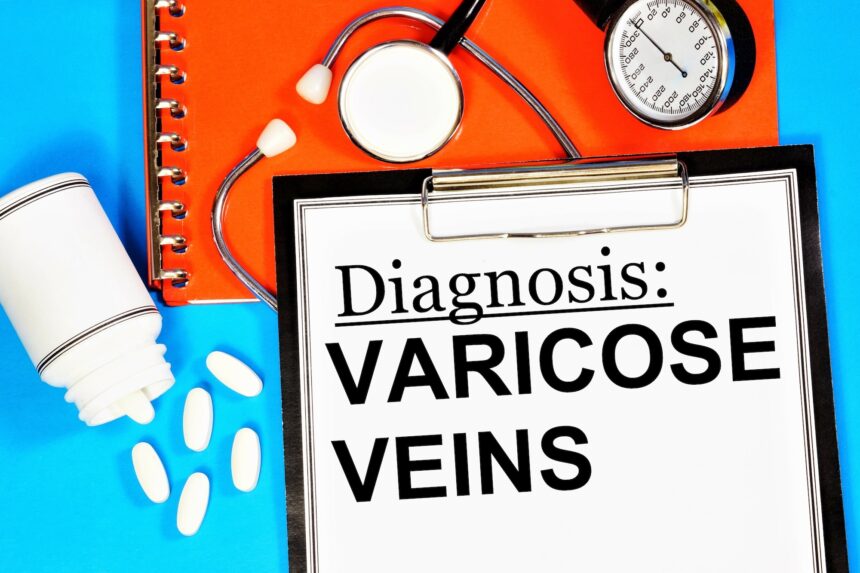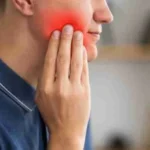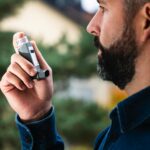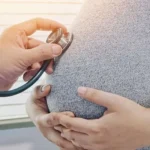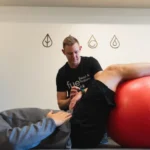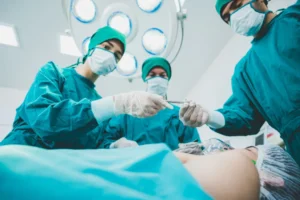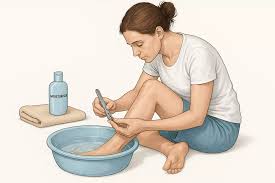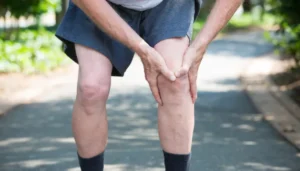Varicose veins can affect both physical appearance and overall comfort. Whether you’re seeking relief from discomfort or looking to restore your legs’ appearance, various treatments are available. From non-invasive options to advanced medical procedures, here are some solutions that address a range of needs:
Medical Approaches
Medical treatments focus on addressing the underlying health issues associated with varicose veins, such as pain, swelling, or risks of complications like leg ulcers or blood clots. Standard medical procedures include laser treatments, radiofrequency ablation, and sclerotherapy. These options aim to improve vein function, alleviate discomfort, and prevent progression of the condition. Many of these treatments are minimally invasive and carry a relatively short recovery time.
Cosmetic Approaches
Cosmetic treatments focus on enhancing the aesthetic appearance of the legs by reducing the visibility of varicose or spider veins. These approaches typically include procedures like laser therapy, which aims to eliminate unsightly veins and restore a smoother skin appearance. While cosmetic treatments can boost your appearance, they are typically not designed to address medical complications or long-term vein health.
Radiofrequency Ablation
Radiofrequency ablation is a widely used treatment that targets varicose veins with high precision and accuracy. This procedure involves inserting a thin catheter into the affected vein. Using controlled heat energy, it seals the vein, diverting blood flow to healthier vessels.
RFA is typically performed under local anesthesia and requires minimal downtime. Many patients experience noticeable improvement in their symptoms within a few weeks. Slight bruising or tenderness may occur after the procedure. These side effects typically subside within a few days. For those seeking an effective yet minimally invasive option, radiofrequency ablation may offer significant results.
Other Approaches
A modern approach to treating varicose veins involves the use of medical glue. During this procedure, an adhesive is injected into the vein to close it off. Once sealed, blood reroutes itself through healthier veins, relieving symptoms and improving appearance. This method does not rely on heat or tumescent anesthesia, making it more comfortable for some patients.
Patients can return to their daily activities almost immediately. Medical glue is particularly suitable for larger veins, offering a practical solution for those seeking effective treatment with minimal recovery time. Here are three approaches:
- Compression Stockings: Non-invasive and easy to use, these help improve circulation and reduce discomfort, but do not treat or remove varicose veins.
- Radiofrequency Ablation: A minimally invasive procedure involving a catheter and heat energy, it seals off damaged veins, resulting in a quick recovery and significant symptom relief.
- Medical Glue: Uses an adhesive to close veins without the need for heat.
Since each procedure has unique benefits, discussing with a medical professional may help identify the best fit for your individual needs.
Schedule an Appointment for Varicose Veins
Each treatment is designed to improve comfort. Some, like compression stockings, require consistent use for ongoing symptom management. Others, such as RFA or medical glue, deliver long-term results with just a single session. Whether exploring non-invasive methods or opting for advanced medical treatments, options exist to suit varying preferences and lifestyles. Schedule an appointment with a vascular expert to explore your options.


